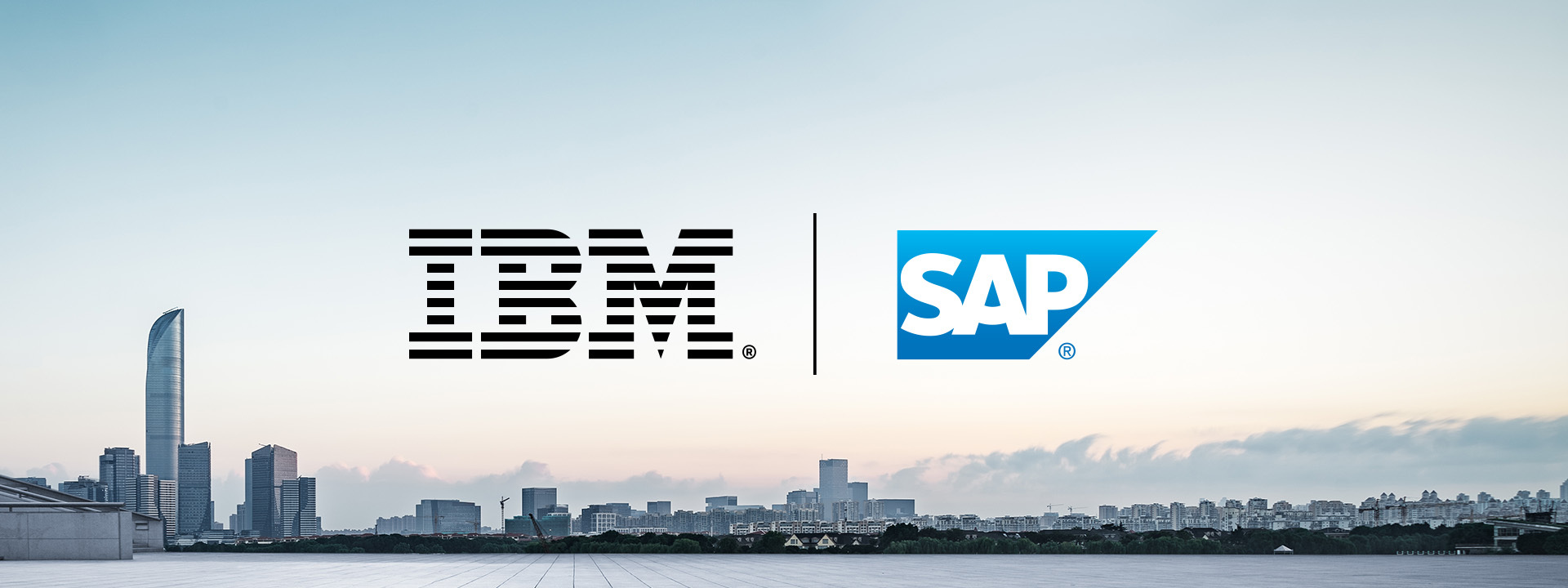Accenture: Journey to Intelligent Finance
Key Takeaways
Transition to SAP S/4HANA for Enhanced Agility: Accenture migrated from SAP ECC 6.0 on Microsoft SQL to SAP S/4HANA to achieve a more agile, efficient, and compliant ERP system, capable of supporting its diverse and growing business units.
Phased Implementation Strategy: The transformation involved a three-phased approach, starting with the migration to SAP Business Suite on HANA, followed by a brownfield conversion to SAP S/4HANA 1610, and then upgrading to version 1809 to maintain compliance, security, and leverage new capabilities.
Improved Financial Reporting and Analytics: Accenture enhanced its digital financial reporting and analytics by migrating SAP Business Warehouse to SAP HANA on Microsoft Azure and developing new analytics capabilities, leading to better insights, real-time reporting, and a more flexible platform for future growth.
Accenture historical journey ran its core financial processing on a single global instance of SAP Business Suite on Microsoft SQL in an on-premise data center. As Accenture has grown organically and inorganically by acquisitions, it needs to operate with more insight, agility, efficiency, and compliance across multiple, diverse business units. This means that both the business processes and IT capabilities must contend with a faster pace of change and growth—all driving the need to evolve Accenture’s ERP to be ready for the future.





